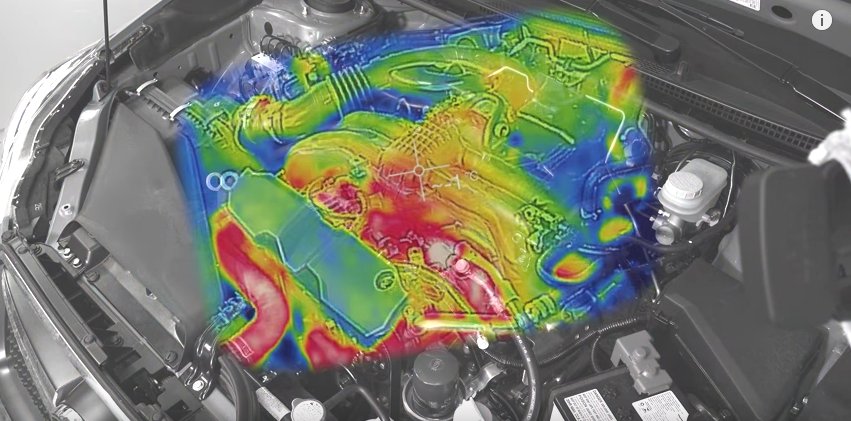Readers who live in chilly climates surely know about the ongoing debate over whether and how much to warm up your vehicle's engine on a frigid warning. Some folks advocate for just getting in and driving away because the load heats things up faster. Others think that idling until the components are at the right temperature is the optimum way. And then there are a variety of opinions in between. The popular Engineering Explained channel on YouTube is now trying to bring a little science to this argument by showing a cold engine heat up in real time with a thermal camera.
The host also goes a step further by showing the engine's rpm, throttle position, coolant temperature, and intake air temperature. It's a lot of information to understand, but the show does a great job of clarifying what everything all means.
We all know that oil is vital for keeping an engine lubricated, and it plays a major role when warming things up. Lower weight oils work at lower temperatures. For example, the Society of Automotive Engineers mandates that 0W oil can still pump at -40 degrees Celsius (-40 Fahrenheit), according to this clip.
From a mechanical perspective, this means that you don't have to wait around for the engine to come fully up to temperature, unless it's extremely cold outside. In this video, the engine management system requires around 5 minutes and 20 seconds of idling before reducing the revs because there's enough heat. We would love to see a follow-up clip showing how much driving is required to reach the same engine temperature.
While a vehicle doesn't require extensive idling to warm up, you still shouldn't get in an immediately floor the throttle. Let the fluids get to their optimal temperatures before hard driving. Plus, letting the engine run briefly gives the cabin time to heat up while you're scraping the ice and snow off the windows.
Related News

